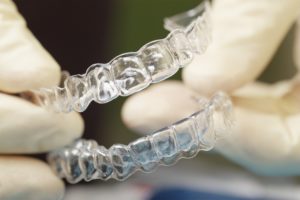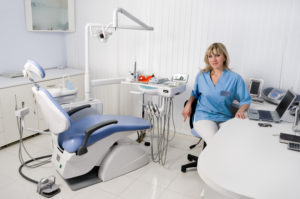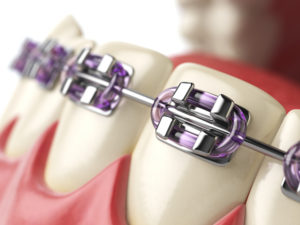Why Choose Invisalign vs Metal Braces
Why Choose Invisalign vs Metal Braces
One concern that some might have about choosing Invisalign for aligning their teeth as opposed to traditional metal braces is the average Invisalign time frame of wearing the clear plastic aligners. On the surface, their concerns may seem valid but the truth is that Invisalign can do what metal braces can in the same typical time frame for similar cost and fewer complications. 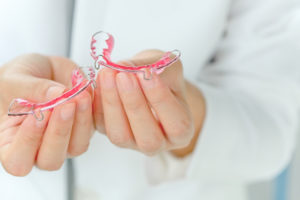
Having a straight set of teeth is not only more pleasing to both yourself and those who see your smile, it also can avoid potential dental problems in the future. Crooked teeth are generally more difficult to clean correctly, making for the greater possibility of cavities. Invisalign solves that problem and has some advantages over traditional metal braces as well.
Offered by some of the best dentists, Invisalign is a revolution in teeth straightening. Taking away the old traditional metal braces and replacing them with new clear plastic aligners that do the job just as well, but without some of the disadvantages. Now you can eat what you want and remove the Invisalign aligners whenever you need to, unlike regular metal braces and do it all while keeping an average Invisalign time frame that’s consistent with metal braces.
You can pop the Invisalign aligners in and out of your mouth when you need to. From your first pair of aligners, a custom fitting by your dentist to insure their correct alignment and a new set made every six to eight weeks that will gradually pull your teeth into their proper alignment and all of this done without braces, bands or wires.
Invisalign Offers Benefits the Average Metal Braces Do Not
You had to avoid eating certain foods while wearing metal braces. The particles they left behind patient hard to clean out and if caught next to the teeth cause cavities. With Invisalign you can enjoy all of your favorite foods as you can easily pop them out before eating any meal. Be sure to do a quick check after you eat to make sure that there are no food particles left behind and then pop the aligners back in.
Invisalign Offers Invisible Alignment at an Affordable Cost
While the cost of the Invisalign and metal braces are comparable, one big difference is that everyone knows you are wearing metal braces. They easily catch everyone’s attention and can make you feel embarrassed, especially for teens. Metal braces not only look unnatural, they require special cleaning techniques and frequent appointments for sometimes painful tightening sessions. No wonder few people look forward to wearing a mouthful of metal. 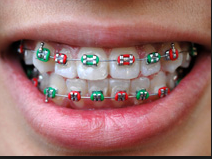
But thanks to Invisalign, only you will know you’re wearing these clear plastic aligners unless you decide to tell others of course. And the trips to the dentist for new sets of Invisalign aligners are fewer and less dramatic than the tightening sessions done with metal braces. With Invisalign, the process is quick and easy and you are on your way before you know it.
With the average Invisalign time frame being comparable to metal braces along with the cost, this makes Invisalign the right choice for aligning your teeth. Call Our Orthodontist in San Antonio
Read More »